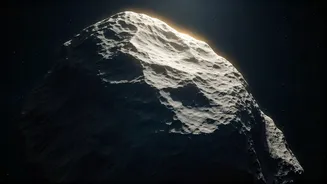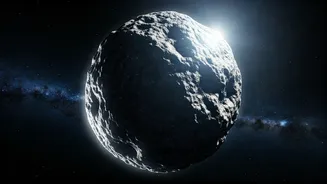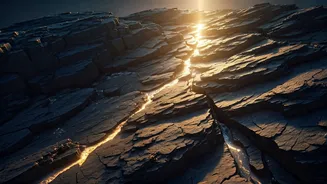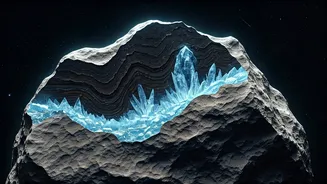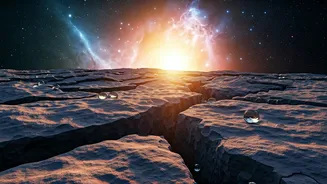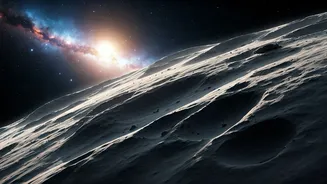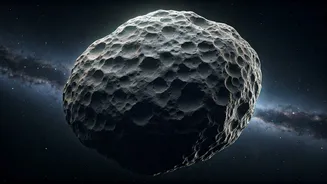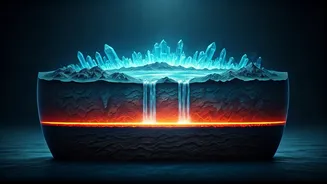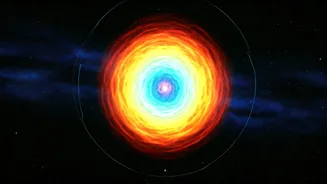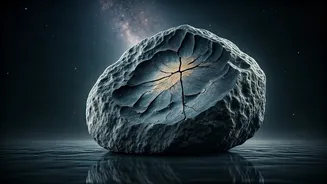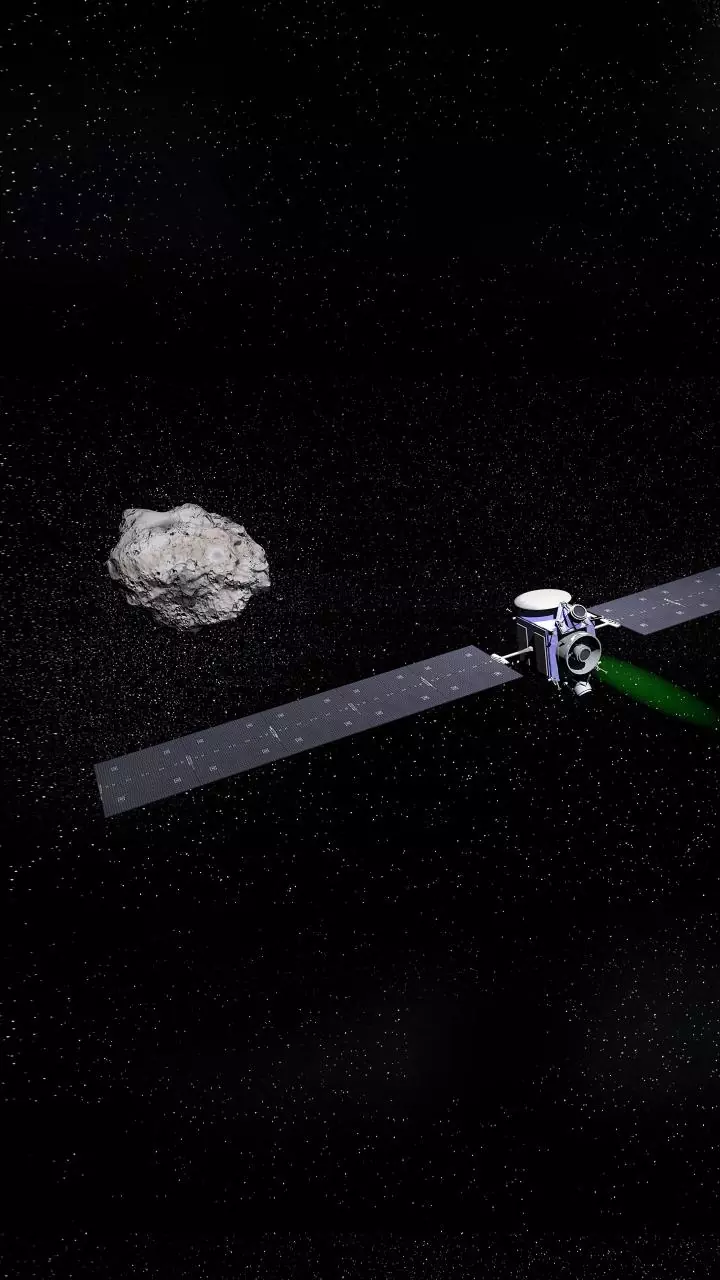Ryugu's Ancient Secrets
The Hayabusa2 spacecraft, developed and launched by the Japan Aerospace Exploration Agency (JAXA), embarked on a mission to explore asteroid Ryugu. This
endeavor was not merely a journey into space but a quest to gather precious samples from the celestial body. After a careful voyage, the spacecraft was able to successfully collect these samples and return them to Earth. The samples were meticulously analyzed by an international team of scientists. Their examinations unearthed traces of ancient water, sparking new insights into the past of the asteroid. The presence of water is a significant indicator of the formation and evolution of Ryugu, adding to the growing knowledge of our solar system's early days. This exciting discovery has implications for understanding how water, a crucial ingredient for life, may have been distributed throughout the cosmos.
Water's Billion-Year Journey
Scientists were particularly intrigued by the evidence of water flow within the asteroid, which was estimated to have taken place a staggering billion years ago. This discovery indicates that water once moved through the Ryugu, possibly existing as a liquid or vapor. The evidence came from the mineral composition and the presence of hydrated minerals within the asteroid's structure. These characteristics indicated an interaction with water that, according to scientists, occurred in the distant past. These findings also provide crucial clues about the internal conditions and the geological activities that Ryugu has experienced over billions of years. This allows scientists to investigate the possibilities of how the ancient asteroid may have changed over a long duration and how water may have played a part in that process.
Insights into Formation
The presence of ancient water on Ryugu contributes significantly to our understanding of the formation of the asteroid itself. Scientists theorize that asteroids like Ryugu may have been formed in the early solar system, from the leftover materials of the sun and planets. Through the presence of water, researchers have a way of understanding the process which allows for a better understanding of how the asteroids were formed, which is very vital for understanding other celestial bodies. The study helps in understanding the processes which shaped the solar system and how water became a fundamental component in its makeup. Furthermore, this knowledge is essential for understanding the origin of water on Earth and the possibility of life beyond our planet.
Future Research Directions
This discovery opens up several avenues for further research and exploration. Scientists are now eager to delve deeper into the composition of Ryugu's samples to understand the exact nature of the water flow. The focus includes identifying the specific minerals that interacted with the water, in order to estimate the precise time and environment the water was present. Moreover, comparing the Ryugu samples with those of other asteroids could reveal similarities and differences, offering additional insight into the overall distribution of water in the solar system. Future missions to other asteroids could provide additional data, deepening our understanding of their role in the evolution of our solar system and the potential for extraterrestrial life. This research also pushes the boundaries of space exploration and scientific discovery.
